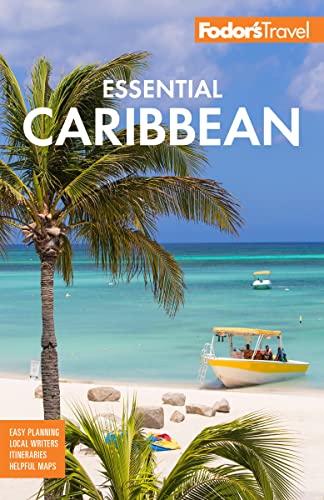The Irish History of Montserrat
Montserrat's first European settlers were persecuted English and Irish Catholics brought from Protestant St. Kitts by Englishman Thomas Warner in 1632. Seventeen years later, Oliver Cromwell sentenced many Irish political prisoners to work in the island's lucrative sugarcane fields. A 1678 census recorded that more than half the islanders were Irish. Their influence lingers today, starting with the shamrock passport stamp. The national flag bears a crest of the legendary Irish figure of Erin with a harp, and the names of both towns (Galway, Bunkum) and inhabitants (Maloney, Frith) hark back to Eire. The national dish, goat water, recalls a traditional Irish stew, and the rollicking Bam-chick-a-lay wouldn't be out of place in Riverdance. Montserrat is the only country outside Ireland where St. Patrick's Day is a public holiday; March 17 ushers in a week of celebrations across the island, the wearing of the green assuming a distinctly Caribbean beat with live calypso, reggae, and iron band music. Indeed, Montserrat's true African heritage is just as pronounced: many newborns are still given "jumbie" nicknames to fool those evil spirits, and the related jumbie dances, designed to propitiate or ward them off, are lusty and vibrant. The two traditions happily merge in the engaging people, such as Rootsman (aka Murphy), proprietor of the Carr's Bay bar, who fervently discusses his homemade herbal remedies in a lyrical, lilting brogue.




